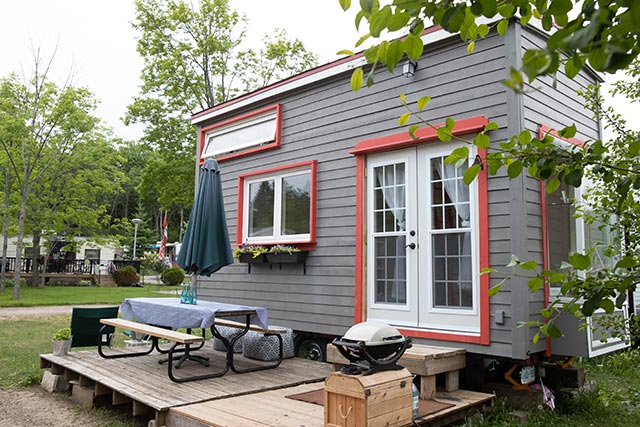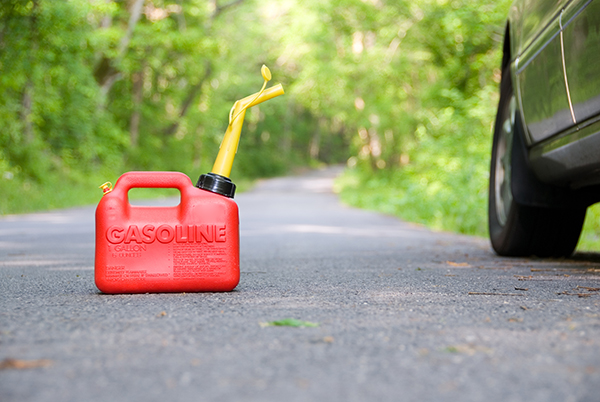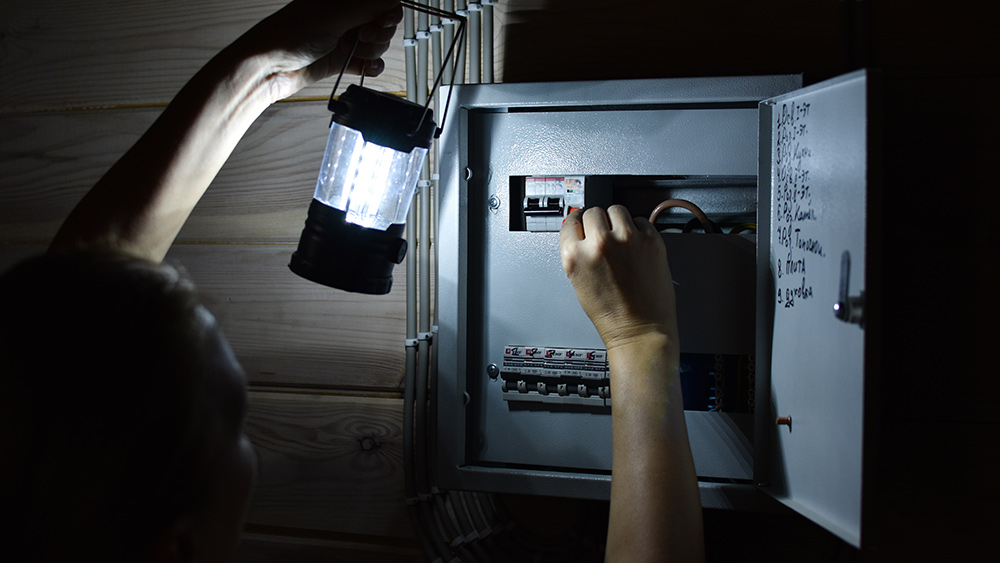
Being prepared for fire emergencies means having a home that's built to withstand fires. Simple home improvement projects such as landscaping your lawn, with fire control in mind, can go a long way toward fireproofing your home. Check out the following tips to protect your home from fires: (h/t to BackdoorSurvival.com)
Landscape your yard -- with fire in mind
Your yard is your first line of defense against fires because it will be the first thing to go up in flames. Therefore, it's important to build a lawn that poses as little fire risk as possible.
Your lawn can be divided into three risk zones. Zone one extends five feet from the exterior walls of your house, shed and garage; zone two includes anything within five to 30 feet away; and zone three covers anything between 30 to 100 feet away. Check out the following to learn more about how you should landscape these three risk zones:
- Zone one – Avoid planting or using mulch in this zone as this is highly flammable. If you have a deck, it should be fire-resistant. If there are trees, either remove them or trim branches to ensure that they do not overlap with any structure.
- Zone two – Large trees should be at least 10 feet away from any building while bushes or shrubs and mulch should be removed to avoid setting flame to tree canopies. Be sure to prune trees so that the lowest branches are six to 10 feet from the ground. If you have fences in this zone, they should be made of metal (like iron), brick or concrete. Wood is a higher risk as it can easily ignite in dry conditions.
- Zone three – Large trees should be at least 10 feet away from each other. If your property's zone three overlaps with your neighbors' densely packed landscape, take the time to discuss potential risks with them.
Fireproof your roof and gutter
Pay attention to your roof and gutters because windblown embers can easily end up in these areas. If your roof is made of wood shingles, consider replacing them with Class A coverings such as asphalt or tile shingles or steel as these are the least flammable. You can also apply fire retardant paint to further minimize fire risk.
Also, be sure to inspect your roof every spring for unsealed crevices, broken or missing shingles and debris like fallen leaves and pine needles. Eliminating these will greatly decrease the likelihood of a fire in your roof and gutters.
Upgrade your windows and doors
Windows and doors are weak links to any building. Window panes are prone to shattering, allowing embers to enter your home. Meanwhile, most doors are made of wood which makes them vulnerable to fires.
Fireproof your home by replacing single-pane windows with dual-pane, tempered glass as this is more resistant to breakage. Also, consider installing metal window screens to keep out embers in case your windows do shatter. As for doors, use materials like steel or aluminum for better fire protection.
Screen vents
Vents can also invite embers inside your home. Make sure that large attic vents and underneath flooring are protected with one-eighth-inch mesh coverings to break up windblown embers. Use noncombustible wire screening to prevent coverings from catching fire.
Choose fire-resistant materials
If you plan to build a new home, choose fire-resistant building materials such as stucco, bricks, gypsum and concrete to minimize fire risk. Pay careful attention to the design of balconies, overhangs and decks because these areas can catch embers. If you're building in a wildfire-prone area, consider creating a firewall to hold back fires. (Related: Important things to consider when building your new homestead.)
If you're not building a new home, you can simply apply fire retardant paint on the exterior walls of your house. You can also make a brick or rock foundation at the external base of your house to keep out lawn fire.
Having a fireproof house is part and parcel of being prepared for disaster emergencies. Keep the tips listed here in mind when upgrading your home to minimize the risk of house fires.
Sources include:
Please contact us for more information.





















